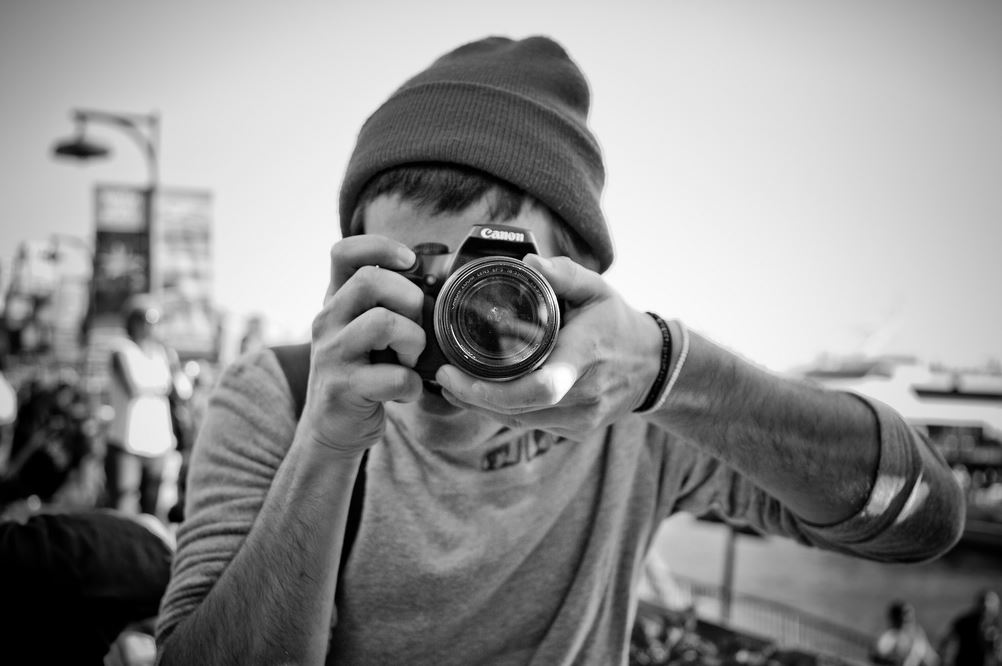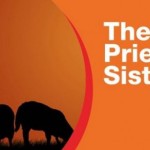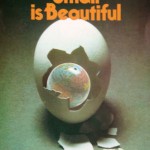Taking photos and living a counterfeit spiritual life
I came across a couple of interesting paragraphs in a recent review of an exhibition. The reviewer, Christopher Allen, describes the experience of the first room, in which are exhibited three emblematic pictures of the artists in question:
Each of these three pictures deserves and repays close attention, but this can be rather hard when every second visitor insists on taking a photograph on one of their numerous devices. The photograph is, as always, a substitute for looking, an excuse not to make the effort required to exercise attention, on the implicit but utterly implausible grounds that one will look at the picture later, at leisure, on a screen.
It is true people may have become more used to looking at art in this lifeless form, but the real meaning of compulsive photography is surely as an act of possession or consumption. And it reminds us that the paradigm of consumption, today so pervasive, is fundamentally inapplicable to the aesthetic. What you do in engaging with literature, art or music is actually the very opposite of consumption: you don’t take it and use it, you give to it and make it live in the process. Culture ultimately is not something we consume but something we practise.
There is a further level to this analysis. The act of consumption is in fact an act of eating. What there is to be eaten is meaning, but the way the situation is consumed misses the food. It is an act of a counterfeit spiritual life, one in which the currency of meaning is undermined.
The act of taking a picture pays lip-service to the art. It does this by pretending to be attentive, pretending through deferral. It is like Orwell’s doublespeak or the creation of an idol, where reality is blocked rather than revealed through the expression.
Tags: art, attention, consumerism, food, idols, photography, spirituality

















